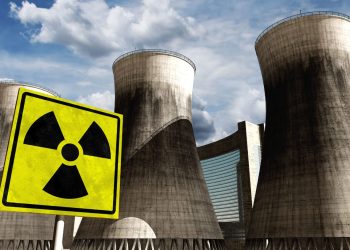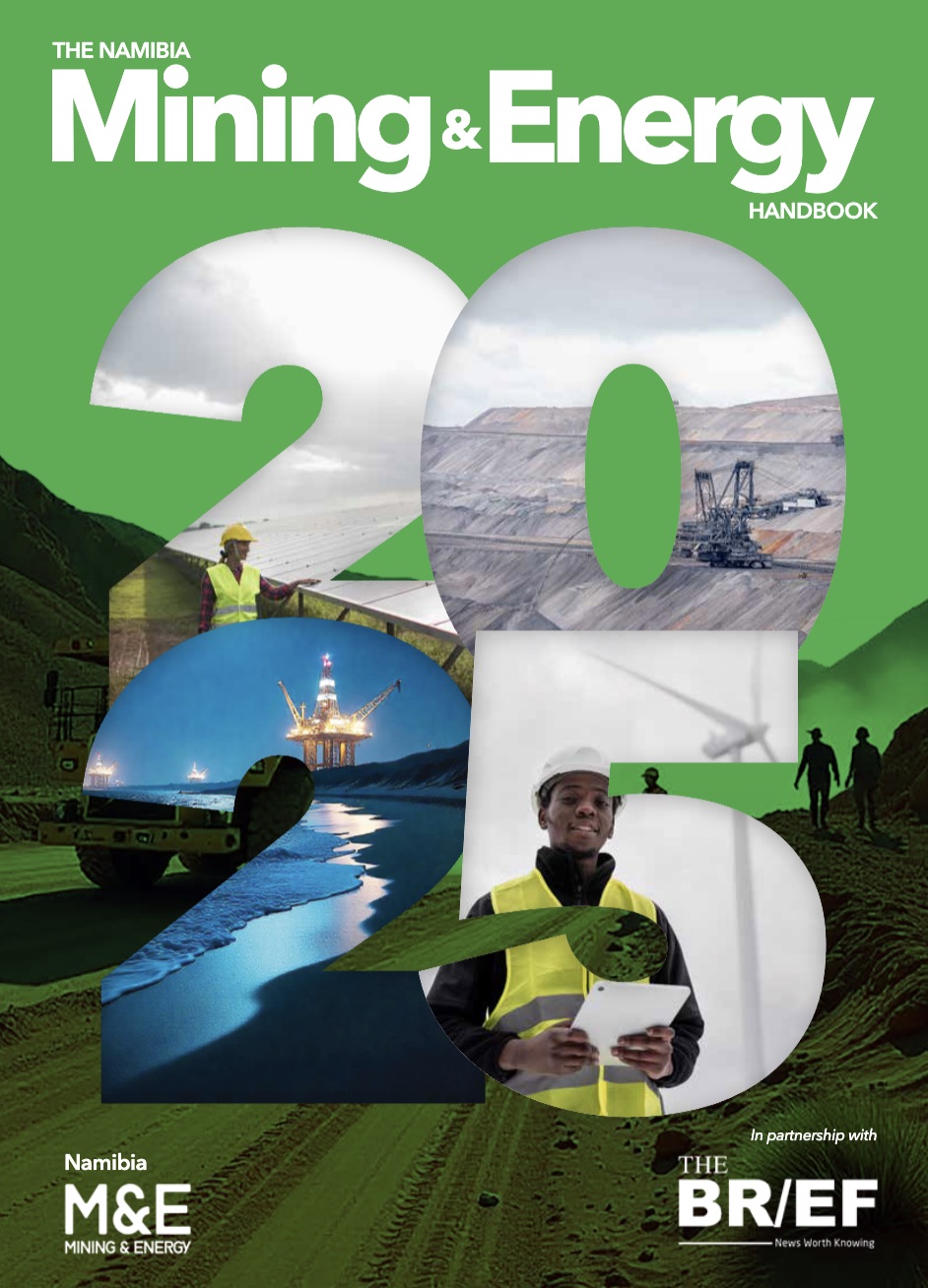
Erongo Liquid Petroleum Gas (ELPG) has broken ground on a 6,000-metric-tonne liquefied petroleum gas (LPG) storage facility at Walvis Bay.
The new terminal, located at Farm 39, once operational, will not only serve the Namibian market but will also supply landlocked neighboring countries, including Botswana, Zimbabwe, and parts of South Africa’s Northern Cape province.
“Our vision was never limited to Namibia alone. As part of regional integration, this terminal will ensure energy security for Namibia, but more importantly, it will also meet the needs of our neighbours,” Brockerhoff said. “This project is a step forward in fostering regional cooperation and ensuring a reliable, sustainable energy supply across the SADC region,” ELPG Chairman Trevor Brockerhoff said.
The facility will be developed in phases, with an initial storage capacity of 10,500 cubic meters.
“Phase one will meet our immediate storage needs, but we plan to expand as demand grows, with the support of the municipality, to ensure we can accommodate the increasing energy requirements of the region,” he said.
The terminal’s construction comes at a crucial time, as the SADC region faces a persistent shortage of bulk LPG storage facilities, leading to supply disruptions and higher fuel costs.
The ELPG facility is expected to alleviate these bottlenecks, ensuring a stable, more affordable supply of LPG for both domestic and industrial use across the region.
“This facility will play a pivotal role in stabilizing the supply of LPG, which is vital for the growth of industries that depend on affordable, reliable energy,” Brockerhoff said. “By expanding our storage capacity, we are not only mitigating the risks associated with supply shortages but also reducing fuel costs for consumers.”
The economic ripple effects of the terminal’s construction are expected to be substantial, particularly in Walvis Bay.
According to Brockerhoff, the project will drive local business activity, create jobs, and open up new economic opportunities.
“We are looking at generating hundreds of jobs during the construction phase, and even more in the long term through downstream opportunities,” Brockerhoff remarked. “This project will undoubtedly improve Walvis Bay’s economy, and its impact will be felt throughout the country,” he said.
In addition to job creation, the terminal will contribute to infrastructure development in Walvis Bay, with ELPG committed to improving housing and market access. Brockerhoff noted that the facility will play a key role in transforming the town into a regional energy hub, attracting further investment and facilitating trade within the SADC region.
Upon completion, the terminal’s capacity is set to reach 9,000 metric tonnes, ensuring that the region’s LPG needs can be met and even exceeded in the coming years. The facility will also provide additional storage options for local, commercial, and export stocks, further enhancing energy security across Southern Africa.
“With this project, we are not just building a facility – we are building a future for Namibia and the region,” Brockerhoff said.







